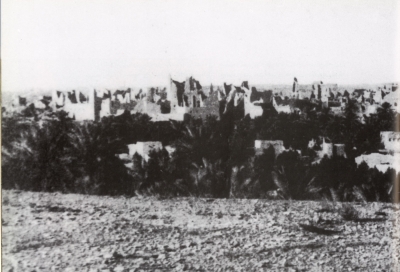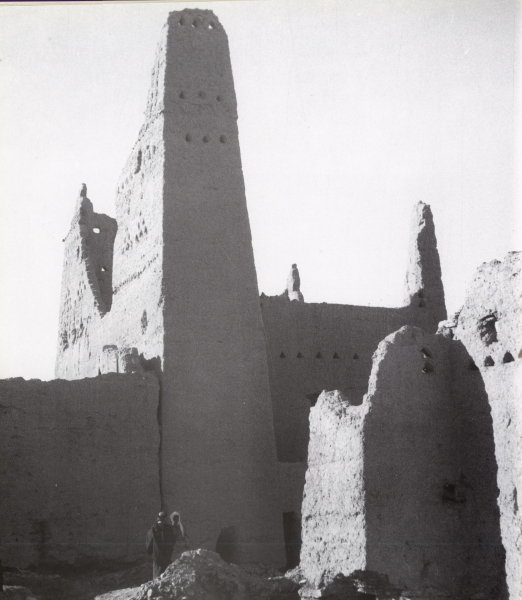
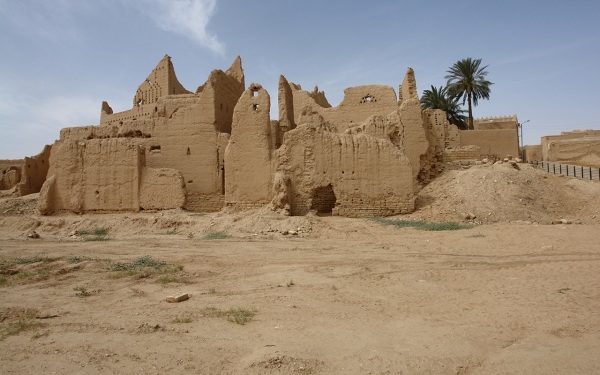
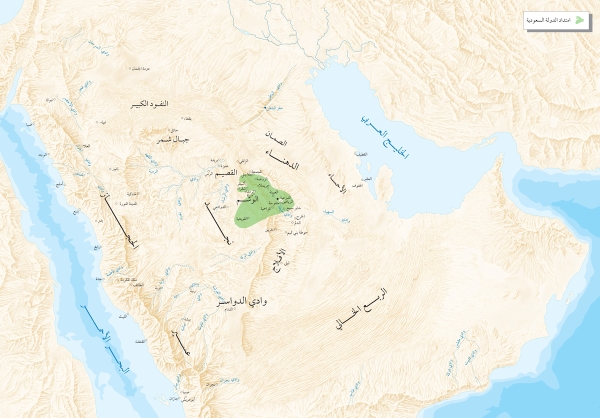
The First Saudi State is the state established by Imam Mohammed bin Saud in 1727, with Diriyah as its capital. Therefore, the First Saudi State predates the founding of the United States of America by forty-nine years. It was initiated in Najd with the goal of liberating and unifying the Arabian Peninsula, which had been fragmented and plagued by political and security instability for centuries. Throughout its history, the rule of the First Saudi State was held by four rulers from Al Saud, known as Imams. The first of them was the founder, Imam Mohammed bin Saud, who chose Salwa Palace in Turaif district as the headquarters for his rule. He also constructed the largest mosque in the region next to it, as a symbol of the authority and status of the state. His son, Imam Abdulaziz, succeeded him, followed by Imam Saud bin Abdulaziz, and then his son, Imam Abdullah. The First Saudi State endured for a period of ninety-four years, from 1727 to 1818.
Rulers of the First Saudi State
The rulers of the First Saudi State are defined as men from Al Saud who established the first Arab state that extended over most parts of the Arabian Peninsula, following centuries of fragmentation, as well as political and security instability that plagued the region following the decline and fall of the Abbasid state. The rulers of the First Saudi State held the titles of Imams, and the ruler was the Imam. The rule of the First Saudi State was held by four rulers. The first of them was the founder, Imam Mohammed bin Saud. His son, Abdulaziz, succeeded him, followed by his grandson Saud bin Abdulaziz, and finally Imam Abdullah bin Saud bin Abdulaziz bin Mohammed bin Saud.
The rule of the Imams of the First Saudi State extended for ninety-four years, from 1727 to 1818.
The establishment of the First Saudi State coincided with Imam Mohammed bin Saud's adoption of the call of Sheikh Mohammed bin Abdul Wahhab. The policy pursued by the Imam in embracing Sheikh Mohammed bin Abdul Wahhab's call within the state framework contributed to the endorsement of the call and the early growth of the Saudi state. As a result, several neighboring emirates joined it, and previously feeble and marginalized tribes gained strength and expanded their territorial influence across numerous villages and regions in Najd and al-Yamama.
The four Imams successfully led the state to liberate Hijaz in the west, most of the Arabian Gulf's western bank in the east, reaching Iraq to the north and Yemen to the south. Hence, they established the first Arab state to extend over most parts of the Arabian Peninsula, governing it for more than nine decades.
Each Imam’s era in the First Saudi State bore its distinctive characteristics. The rule of Imam Mohammed bin Saud was marked by the consolidation of the pillars of stability, the formation of alliances, and the attraction of neighboring towns. His son, Abdulaziz, shifted focus to a policy of liberating regions of the Arabian Peninsula, working to establish the rule of the Saudi state there. Imam Saud bin Abdulaziz, following in his father's footsteps, continued expansion efforts, venturing beyond Iraq's borders and reaching the Levant. Imam Abdullah's mission centered on repelling and confronting the Ottoman invaders, defeating them in a series of battles. However, the Ottoman forces laid siege to Diriyah for seven months, culminating in its destruction due to bombing with artillery and gunpowder in 1818. This paved the way for the city's capture, looting, and displacement of its remaining inhabitants.
Imam Mohammed bin Saud
Imam Mohammed bin Saud was the first ruler of the First Saudi State and the emir of Diriyah. He is Imam Mohammed bin Saud bin Mohammed bin Muqrin bin Markhan bin Ibrahim bin Musa bin Rabia bin Mani' bin Murayd, one of the leaders of Anizah bin Asad bin Rabia bin Nizar bin Maad bin Adnan tribe starting 1727.
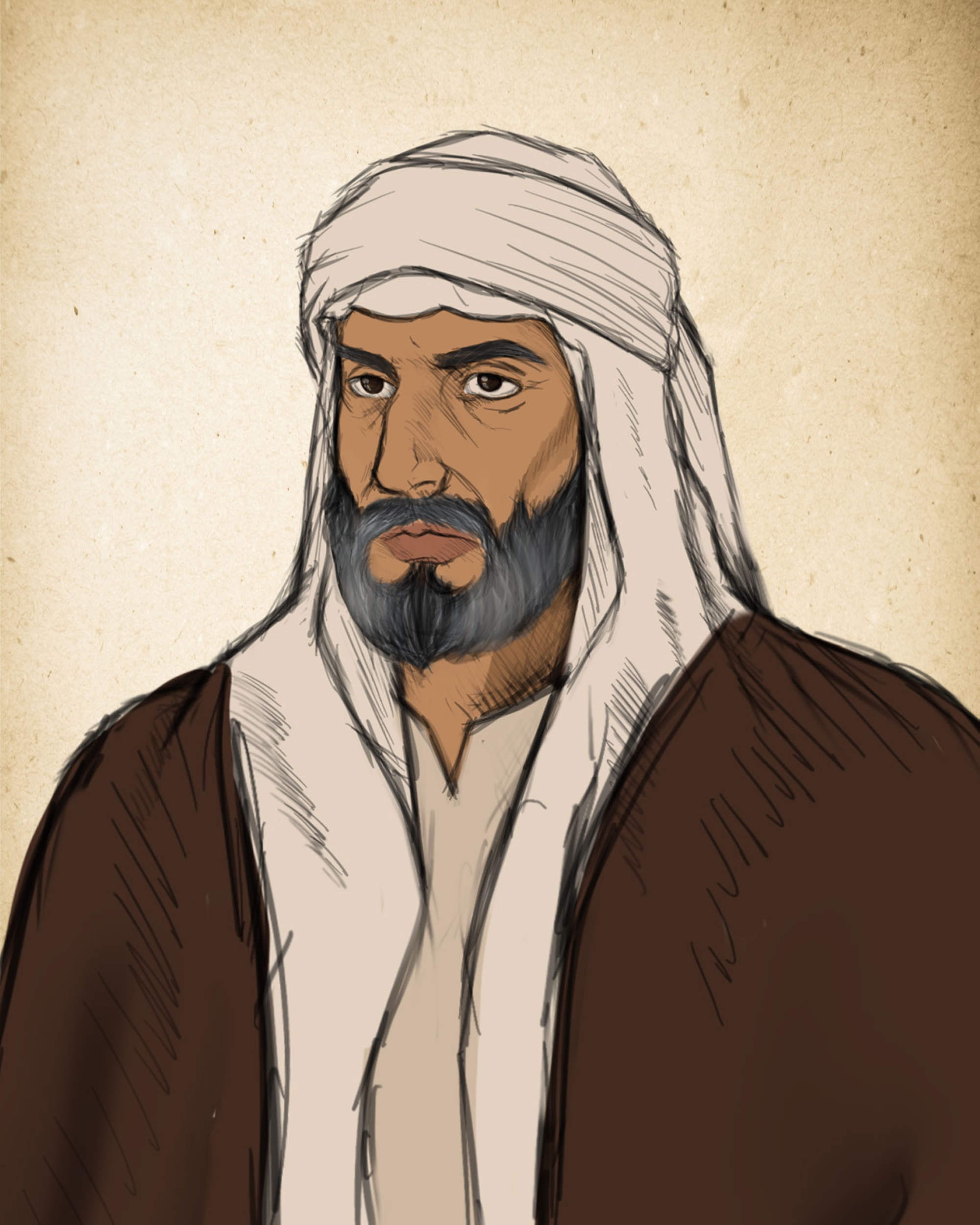
Mohammed bin Saud was born and raised in Diriyah in 1679. He garnered experience working alongside his father and grandfather during their rule of the emirate. At the age of forty-eight, he embarked on the establishment of the state, commencing in Diriyah, which he ruled from 1727 to 1765. The founding of the First Saudi State marked the dawn of a new era in the history of the Arabian Peninsula. The Imam’s policy, coupled with his adoption of the call of Sheikh Mohammed bin Abdul Wahhab within his state contributed to the endorsement of the call and the early growth of the Saudi state. Imam Mohammed bin Saud stands as one of the most renowned and revered founders of states in the history of the Arabian Peninsula and its surroundings thanks to his political and diplomatic legacy. He laid the groundwork for three successive states, culminating in the present-day Kingdom of Saudi Arabia.
Imam Mohammad bin Saud transformed Diriyah from a state of weakness and division into one of unity and political independence. Imam Mohammed bin Saud successfully liberated many cities and towns from the control and influence of the forces opposing the state's establishment. He lost the lives of his two sons, Faisal and Saud, on the battlefield. After forty years of rule, he died in September 1765, and his son, Imam Abdulaziz, assumed power.
Imam Abdulaziz bin Mohammed bin Saud
Imam Mohammed bin Saud was succeeded in power by his son Abdulaziz bin Mohammed bin Saud, who became the second ruler of the First Saudi State. Under his rule, the state's borders expanded from the Arabian Gulf to the Red Sea. He successfully liberated and unified most of the regions of the Arabian Peninsula, subjecting them to his rule. Imam Abdulaziz retained command of the state’s armed forces for twenty-five years, beginning with the onset of the fight against the enemies of the First Saudi State in 1746. He successfully incorporated Riyadh into the borders of the state in 1773 without engaging in combat.
During his rule, Imam Abdulaziz was able to defeat the campaigns of the Ottomans, the Emirate of Al Hamid, the Sharifs of Hijaz, as well as the campaigns of Najran and Muscat rulers. He proceeded to build the state and successfully liberated all the regions of Najd, al-Ahsa, and al-Qatif, as well as many regions in the east of the Arabian Peninsula, in addition to the southern regions, most importantly Aseer, Najran, Jizan, and parts of the Hijaz region.
Imam Abdulaziz bin Mohammed bin Saud was assassinated in November 1803, while he was praying in al-Tarif Mosque in Diriyah.
Imam Saud bin Abdulaziz
Imam Saud was born in Diriyah in 1748. He assumed command of the armies of his father, Imam Abdulaziz, throughout the thirty-six years of his rule. He successfully extended the Saudi state’s influence to the southwest of Iraq and the south of the Levant.
Imam Saud bin Abdulaziz bin Mohammed bin Saud is the third ruler of the First Saudi State. He was pledged allegiance in 1803 and nicknamed Saud al-Kabir, as the state reached its maximum expansion and strength during his reign.
State resources flourished during the reign of Imam Saud, who draped the Kaaba twice and secured the roads of the Two Holy Mosques. He passed away on Saturday night, April 30, 1814.
Imam Abdullah bin Saud
Imam Abdullah bin Saud bin Abdulaziz was the last ruler and fourth Imam of the First Saudi State. Born in Diriyah in 1771, he was renowned for his bravery. He mastered equestrianism at a young age, even taming and riding horses by the age of five. He assumed power in 1814 and was the great-grandson of the founder of the First Saudi State. Imam Abdullah bin Saud was described as having surpassed the scholars themselves in jurisprudence. He was eloquent, intelligent, and humble. Imam Abdullah bin Saud led the battle of Diriyah for six months. Out of concern for its people suffering under Ottoman oppression, he declared his surrender in exchange for their safety. He was killed in Istanbul in 1819, having sacrificed himself for his people and nation.
Mani' al-Muraydi
Mani' bin Rabi'a al-Muraydi is the ancestor of the House of Saud (the seventh great-grandfather of the founder of the First Saudi State, Imam Mohammed bin Saud, the ninth great-grandfather of Imam Turki bin Abdullah, and the thirteenth great-grandfather of King Abdulaziz bin Abdul Rahman) and the leader of al-Duru' tribe, east of the Arabian Peninsula. He is regarded as a prominent figure in the history of the Arabian Peninsula and its migratory patterns. He founded Diriyah in 1446, the capital of the First Saudi State. His lineage includes sixteen rulers, with some bearing the title of Imams, while others the title of kings.Mani' Al-Muraydi’s ancestry traces back to Banu Hanifa of the Bakr bin Wa’il Adnanite tribe. His lineage meets that of the Prophet Muhammad (peace be upon him) in their common grandfather, Nizar bin Ma'ed bin Adnan.
Mani' al-Muraydi's ancestry traces back to Banu Hanifa of the Bakr bin Wa’il Adnanite tribe. His lineage meets that of Prophet Mohammed (peace be upon him) in Nizar. His family was among the tribes that moved from Wadi Hanifa in Najd to the east of the Arabian Peninsula at different points in history. They settled in the first Diriyah.
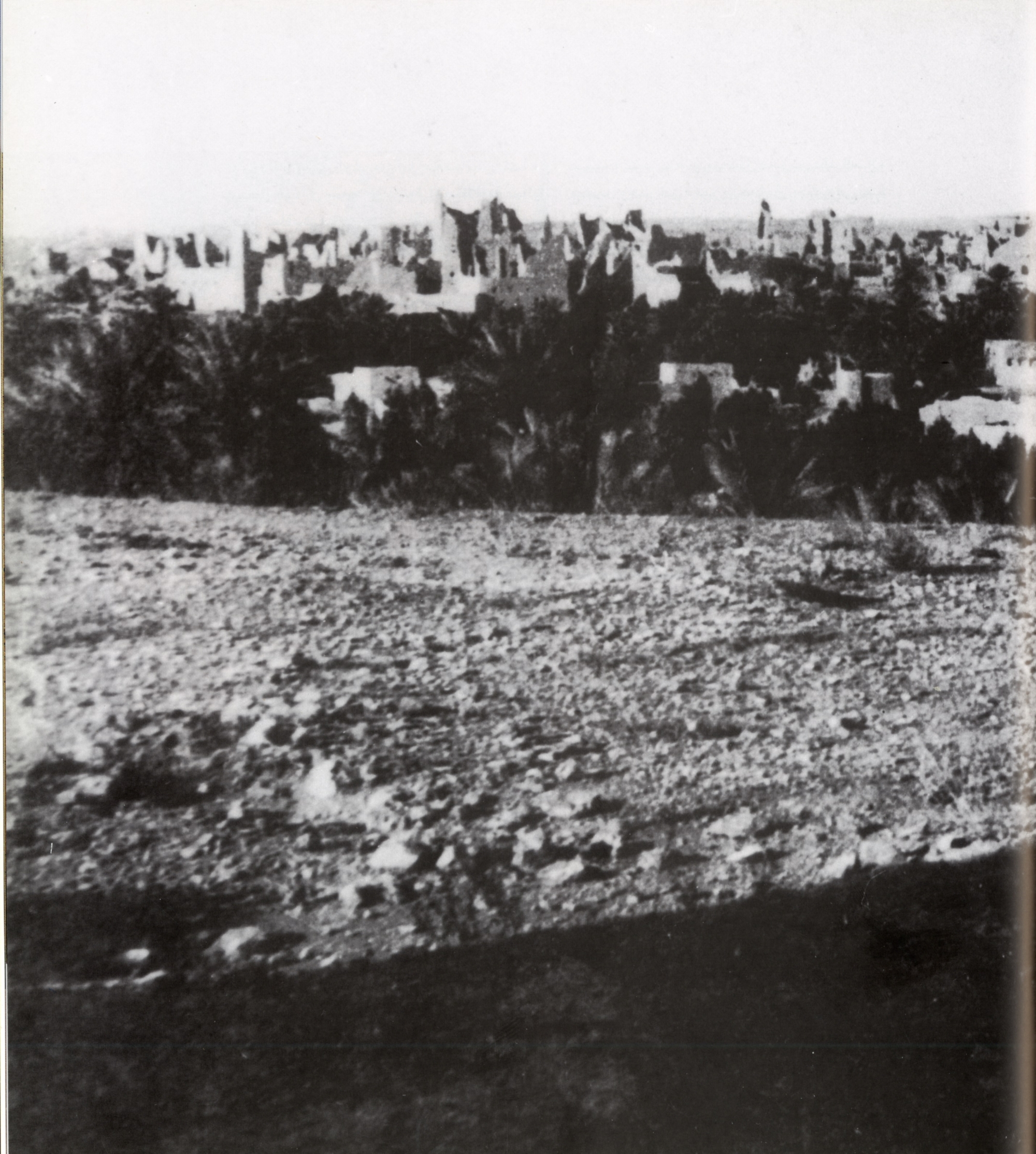
Development and growth of the First Saudi State
The First Saudi State's political reforms were mainly marked by challenging the dominance of economic powers, eradicating class distinctions among individuals, expanding education, and opening up the economy for trade between the eastern and western regions of the Saudi state. Consequently, Diriyah's influence surged, becoming the sole Arab political hub in the Arabian Peninsula. It extended its authority to neighboring regions and bolstered its economic standing.
The general populace embraced the political and economic reforms of the Saudi state. However, the intellectual elites in Najd perceived these changes as a profound threat, given that the Saudi state outlawed bribery and judicial exploitation. Moreover, the reformist policies pursued by the leaders of the Saudi state gained momentum.
The journey to unify Najd began with the leaders of the First Saudi State defending the people of Manfuha and liberating them from the influence and control of regional actors. The leaders of the First Saudi State took a stance against the oppression inflicted by these regional actors upon those who supported the call and rule of the First Saudi State, particularly the people of Manfuha. This led the ruler of the Saudi state to form a military alliance against the practices of oppression and subjugation imposed on their supporters.
Therefore, the Saudi state's drive to free itself from oppression and injustice served as the impetus for the annexation of neighboring regions. Through persistent efforts, the regions of Najd were brought together over a forty-year period. Huraymila in al-Uyaynah became the first city to come under the rule of the Saudi state following its capture, while al-Quwayiyah was the first city to voluntarily pledged allegiance to the state.
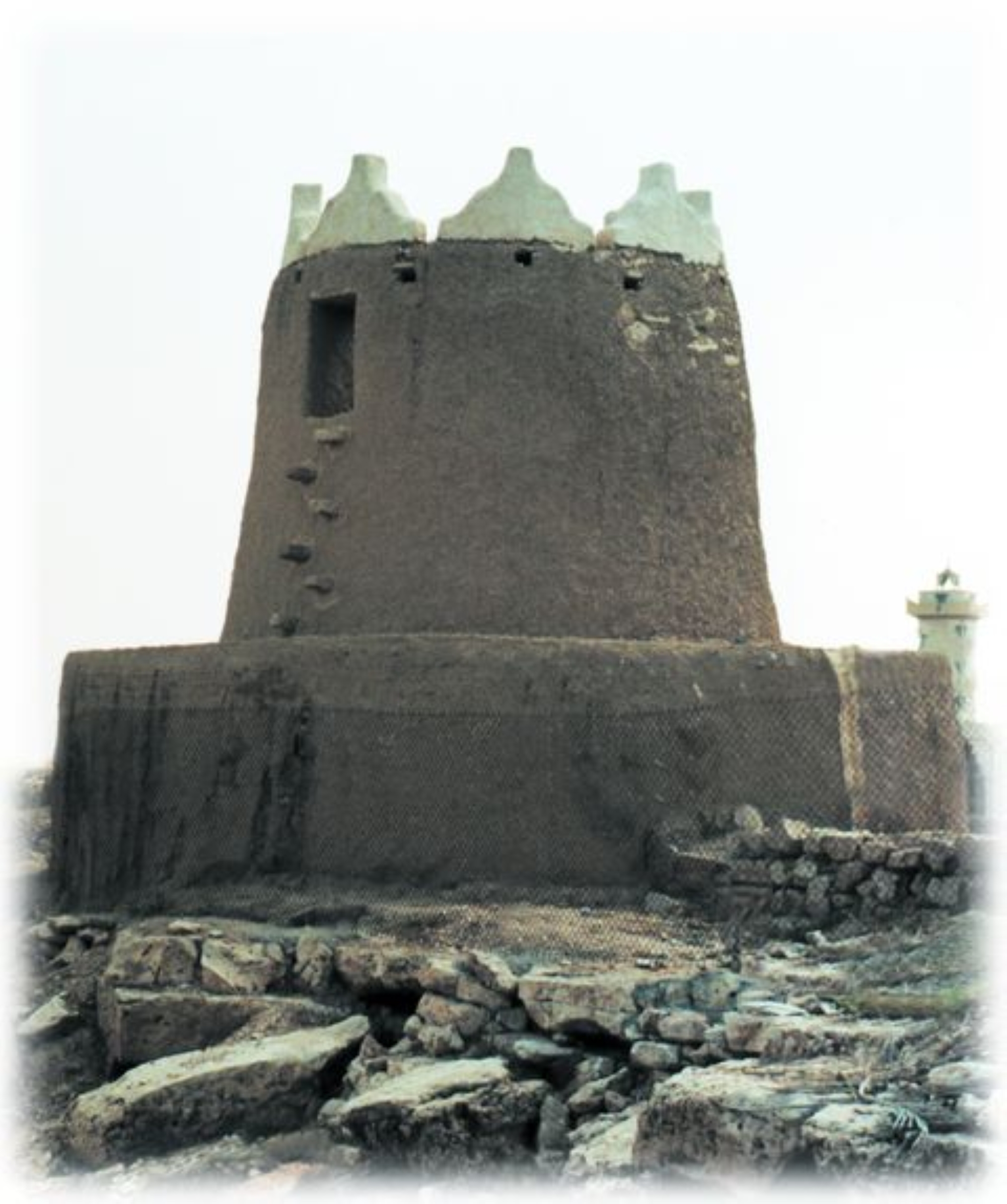
Following the unification of Najd and its surrounding regions, both to the north and south, into the Saudi state, expansion efforts turned eastward into the emirate of Al Hamid Banu Khalid in al-Ahsa. This area had become a refuge for those opposed to the Saudi state and its rule. The nature of the confrontations between the Saudi State and the emirate shifted from defensive to offensive. Al Hamid Banu Khalid instigated attacks during the early days of the state's establishment, but they subsequently took a defensive stance after the geographic, political, and military expansion of the Saudi state. The message of the call carried positive impressions and a good reputation, and reached the tribes and regions of the Arabian Peninsula before the Saudi state's armies.
The confrontations between the rulers of the Saudi state and Al Hamid in al-Ahsa lasted for twelve years, from 1784 to 1796. Eventually, the eastern region came under the authority of the Saudi state.
The ruler of al-Kharj sought assistance from his counterpart in Najran to join him in opposing the Saudi state, but this support was contingent on financial incentives. The Saudi state's army clashed with the allied forces on multiple occasions, the last confrontation occurring in Dharma, where Abdulaziz bin Mohammed bin Saud, the son of the Saudi ruler and the commander of the Saudi forces, emerged victorious.
The Hijaz was under Ottoman political control, but many of its inhabitants eagerly looked forward to joining the Saudi state in pursuit of call and prosperity. Recognizing the importance and vital role of Makkah, the Saudi state rulers sought to convince nobles of their good intentions by building friendly relations with them. However, they were met with attempts to discredit the call among pilgrims. The relationship between the two parties oscillated between closeness and divergence until 1806, when the Saudi state laid siege to Sharif Ghalib's army. Sharif Ghalib requested to become the emir of Makkah in exchange for complete subordination to the Saudi state. As a result, Makkah was fully integrated into the Saudi state, with Madinah following suit.
The Saudi state then expanded further in the southern regions as its rulers launched campaigns in Bisha and the towns of Aseer. Additionally, students studying in Diriyah played a role in spreading the call associated with the First Saudi State's rule, which reached Abu Arish at the time.
Subsequently, al-Qassim joined the Saudi state starting from Buraidah in 1768, followed by Unayzah twenty years later. The inclusion of Hail in the Saudi state led to the control of Taima and Dumat al-Jandal.
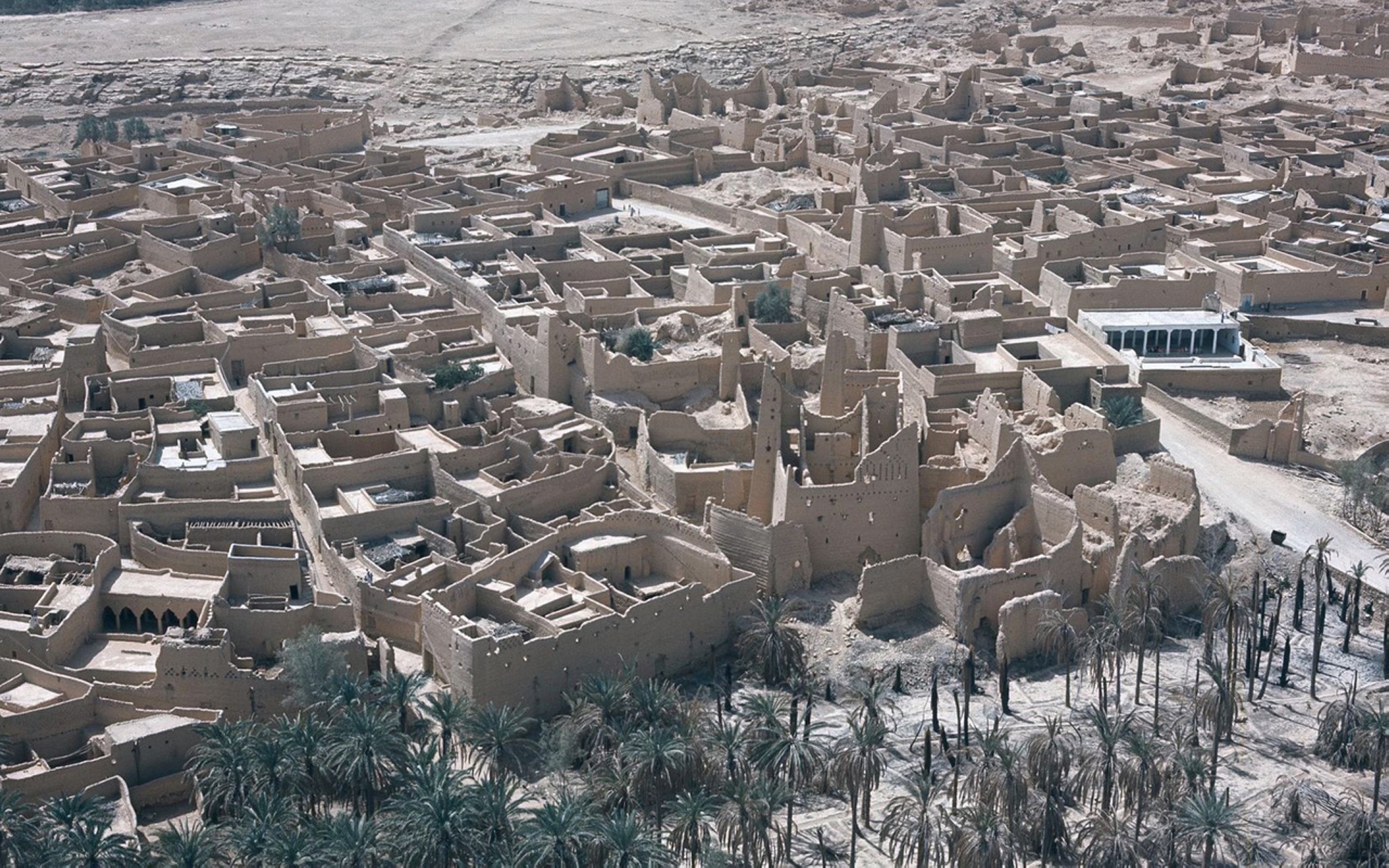
Traditional clothing during the First Saudi State
Men's clothing during the First Saudi State
Fashion played a part in shaping the heritage and history of society during the era of the First Saudi State. It mostly reflected the lifestyles of that period. The history of fashion can be traced back to the clothing choices of Imam Mohammed bin Saud bin Abdulaziz, who had a penchant for wearing garments crafted from luxurious fabrics made from cotton and linen.
During the era of the First Saudi State, men's clothing remained remarkably consistent with its modern-day counterparts. The Thawb was an integral part of their attire evolution to its contemporary form, commencing with the half-sleeve Thawb characterized by short sleeves extending to the wrist. Over time, this garment was paired with the Mardon, known for its loose and long sleeves, along with its lightweight, transparent fabric. The Mardon is typically worn atop a regular or half-sleeve Thawb.
In the context of traditional clothing in the First Saudi State, Imam Abdulaziz bin Mohammed was not known for wearing the turban. Instead, he preferred to wear the Kufiyya, an extension of the traditional Saudi Ghutrah. The Ghutrah is a garment made from cotton or linen and characterized by color; red and white, white, or a combination of black and white. It is square in shape, often folded into a triangular form, and secured with a cloth piece rolled as a turban and resembling a modern Agal. These garments were locally made in Diriyah.
Imam Abdullah bin Saud donned the Kufiyya in its classic form, which consisted of a red piece of cloth with yellow stripes at the edges, draped over the shoulders. He wrapped it with a headband or turban, which was skillfully wound in a circular fashion around his head and fastened at the rear.
In addition to the Agal, Thawb, and Ghutrah, the cloak or Bisht was an integral component of traditional Saudi men's attire in the First Saudi State. Besides bestowing prestige upon its wearer and providing warmth during winter, it came in various styles, including the Qaylani cloak. This black cloak is made from soft wool and embellished with gold or green threads, and meticulously dyed with civet and Curcuma. Imam Saud bin Abdulaziz wore it, his being tailored with red silk and adorned along the edges with golden silk in al-Ahsa, which has now become the most famous Saudi region in the production of Saudi Bisht.
In addition to the Qaylani cloak, the Barqa cloak can be considered one of the most prevalent choices in men's traditional attire within the First Saudi State. This Bisht is woven from hand-spun goat wool, featuring an open front design with ample width and sleeves. It showcases long, wide stripes in white, black, or brown, separated by delicate white lines. It is an extension of the modern fur, often worn during winter. Imam Abdullah bin Saud was among the Imams who wore the Barqa cloak.
Women's clothing during the First Saudi State
The women of Imam Abdullah bin Saud's family in the First Saudi State showcased a remarkable sense of sophistication through their traditional fashion choices. In addition to wearing the most famous women’s fashion in the era of the First Saudi State like Zari, Durra’ah, Thawb, Bukhnag, Ghatwa, and the Burqa, which concealed the head and face, most women's clothing was made from Indian silk and Levantine silk with an array of colors like red, yellow, green, blue, and pink. They were adorned with golden embroidery. The women were keen to accentuate their garments with gold studded with precious gemstones like red rubies and turquoise. In general, the women from Imam Abdullah bin Saud's family exhibited a keen interest in adorning themselves with jewelry like pearls and rubies.
The traditional women's fashion of the First Saudi State relied on the choice of natural fabrics, which varied according to the climate and seasons. Summer clothing relied on lightweight fabrics, such as cotton, natural silk, and jacquard. In winter, heavier fabrics were used like Kashmiri wool. Women wore two types of garments; one was called (Karbas Thawb) and preferred wearing it in black and green, and the other was silk garments in various colors. Women adorned themselves with gold jewelry and precious gemstones.
Women in the First Saudi State also donned the Durra’ah or Muqatta, a long and wide garment that came in various styles and names depending on the embellishment technique and country of origin. This encompassed the Zari Muqatta, featuring Zari threads woven into its fabric and adorned with embellishments like two swords and a palm tree on the front. The embroidery grew more intricate below the chest. On the other hand, the Thawb is the upper garment that women wore over the Durra’ah. It was crafted from sheer, delicate fabrics like tulle, chiffon, and lace. It is known for its considerable length and width. It bore different designations like al-Masrah Thawb and Mukhtam Thawb, adorned with broad stripes. Both were reserved for special occasions and holidays.
The Abaya also constituted a part of traditional attire for women in the First Saudi State when they went out. It was made from camel and sheep wool, cut into a rectangular shape with two small openings at the right and left corners. It is placed on the head. Various types of abayas existed, including the Qaylaniyya abaya, handcrafted from wool by women and decorated with diverse patterns. Other abaya variations included al-Mi’sama, which women wore during special occasions and weddings, the Faisul and al-Murshidah abayas, and Dafat al-Mahud abaya, which was often included in a bride's trousseau. The inlaying method was employed to adorn it with black silk threads, cotton, and golden Zari threads.
Borders of the First Saudi State
The First Saudi State's borders extended during the reign of Imam Saud bin Abdulaziz into Iraq and included most areas of the Arabian Peninsula, except for Kuwait and Hadhramaut. The Imam of the state was referred to as Saud al-Kabir, and the state lasted for ninety-four years from its inception until it came to an end in 1818.
The emergence of the first Saudi state was an intriguing event in the Arabian Peninsula, as it was the first state in Najd after Banu Ukhaidhir, which had been eradicated by the Qarmatians in the eleventh century. Prior to that, the region was home to small emirates lacking a unified entity, engaged in constant conflicts to expand their influence and control.
Confrontations between the Saudi state and the Ottomans
The emergence of the Saudi state and its rule over the Hejaz posed a fresh challenge and a looming threat to expel the Ottoman Empire from the region, particularly as Saudi territorial boundaries extended into Iraq, the Levant, the Arabian Gulf, and Yemen. The Ottomans endeavored to combat the state and put an end to its rule. Their initial attempts were concentrated in the Levant and Iraq, but they proved unsuccessful in yielding any results.
The Ottoman Empire attempted to thwart the Saudi Imams' policy of liberating and unifying the Arabian Peninsula. They tasked their governor of Egypt, Mohammed Ali Pasha, with launching an invasion of the Saudi state. The battle began in 1811, with Tusun, the son of Mohammed Ali Pasha, leading the first army that moved to the south of Madinah. However, he suffered a defeat in his first encounter with the Saudi state forces and retreated to Yanbu, where he sought the necessary supplies to control Madinah, Jeddah, and Makkah through secret agreements between him and Sharif Ghalib, ultimately enabling him to control Hejaz.
In 1816, the Ottoman Empire organized fleets with the objective of eradicating the Saudi state, specifically through Yanbu, under the leadership of Ibrahim Pasha. Ottoman forces advanced into the heart of the territories under Saudi control, laying siege to the city of al-Rass for a duration of three months to isolate the presence of Imam Abdullah bin Saud there. However, the Ottoman armies could only gain control through reconciliation. Consequently, they shifted towards Buraydah, al-Washm region, and Dharma, where they suffered significant losses.
Related quizzes
Related articles


